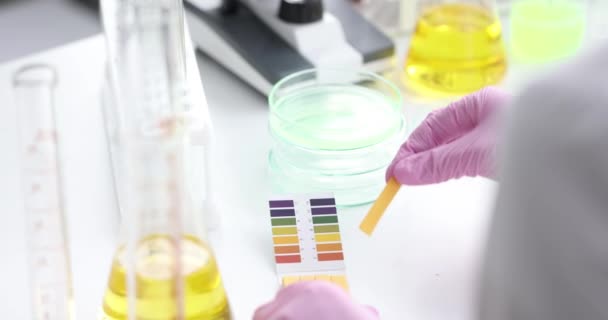In the realm of medical equipment, oxygen tank regulators stand as indispensable tools, ensuring a seamless flow of life-sustaining oxygen to patients in need. These devices not only play a pivotal role in enhancing efficiency within medical facilities but also serve as guardians of safety, meticulously controlling the delivery of oxygen to meet the precise requirements of patients. At the heart of every oxygen delivery system lies the regulator, a compact yet intricate device designed to regulate the flow of oxygen from the tank to the patient. Its primary function is to reduce the high pressure of oxygen stored within the tank to a safe and manageable level suitable for medical use. This meticulous control of pressure is essential to prevent potential hazards such as oxygen toxicity or combustion. Safety remains paramount in the design and operation of oxygen tank regulators. Each regulator undergoes meticulous testing to guarantee its ability to withstand varying pressures and deliver oxygen consistently and accurately. Moreover, built-in safety features such as pressure relief valves offer an additional layer of protection, automatically releasing excess pressure to prevent any potential dangers.
Efficiency is another hallmark of wt farley oxygen tank regulators. By precisely controlling the flow of oxygen, these devices optimize the utilization of oxygen resources while minimizing waste. This efficiency is particularly crucial in healthcare settings where the demand for oxygen can fluctuate rapidly. Regulators enable healthcare providers to tailor oxygen delivery to the specific needs of each patient, ensuring optimal therapeutic outcomes while conserving valuable resources. Manufacturers adhere to rigorous standards and guidelines to ensure the reliability and performance of these devices. In addition to their primary role in medical settings, oxygen tank regulators find applications across various industries, including aerospace, welding, and emergency services. In these diverse environments, regulators serve a dual purpose – ensuring the safety of personnel while enhancing operational efficiency. Whether it is providing oxygen to aircraft crew at high altitudes or facilitating welding operations in industrial settings, regulators play a vital role in maintaining a safe and productive work environment. Advancements in technology continue to drive innovation in the field of oxygen tank regulators, leading to the development of more sophisticated and user-friendly devices.
Modern regulators feature digital displays, intuitive controls, and advanced monitoring capabilities, empowering healthcare providers with real-time data and insights into oxygen delivery. These innovations not only streamline workflow but also enhance patient care by enabling precise adjustments based on individual needs. Despite their robust design and advanced features, oxygen tank regulators require regular maintenance and calibration to ensure optimal performance. Healthcare facilities adhere to strict protocols for inspecting, testing, and servicing regulators to mitigate the risk of malfunctions or failures. Regular training programs educate healthcare personnel on proper usage and maintenance practices, further bolstering safety and efficiency in oxygen delivery. By meticulously controlling the flow of oxygen, these devices not only safeguard against potential hazards but also optimize resource utilization, enhancing overall efficiency. With ongoing advancements in technology and adherence to rigorous safety standards, oxygen tank regulators continue to play a crucial role in healthcare and various other industries, exemplifying their significance in ensuring safety and enhancing efficiency.
 As confidence grows, beginners find themselves venturing further into the vast expanse of the open sea. Here, they refine their technique, honing their ability to ride the waves with finesse and grace. The once daunting prospect of controlling the kite becomes second nature, and novices revel in the freedom of gliding effortlessly across the water’s surface. With each successful run, a sense of achievement washes over them, fueling the desire to push further and reach new heights. Yet, the journey to mastery is not without its challenges. As beginners transition from the shallows to deeper waters, they encounter unpredictable currents and gusts, testing their skill and resolve. But adversity only serves to strengthen their determination, and with each obstacle overcome, they emerge stronger and more adept than before.
As confidence grows, beginners find themselves venturing further into the vast expanse of the open sea. Here, they refine their technique, honing their ability to ride the waves with finesse and grace. The once daunting prospect of controlling the kite becomes second nature, and novices revel in the freedom of gliding effortlessly across the water’s surface. With each successful run, a sense of achievement washes over them, fueling the desire to push further and reach new heights. Yet, the journey to mastery is not without its challenges. As beginners transition from the shallows to deeper waters, they encounter unpredictable currents and gusts, testing their skill and resolve. But adversity only serves to strengthen their determination, and with each obstacle overcome, they emerge stronger and more adept than before.